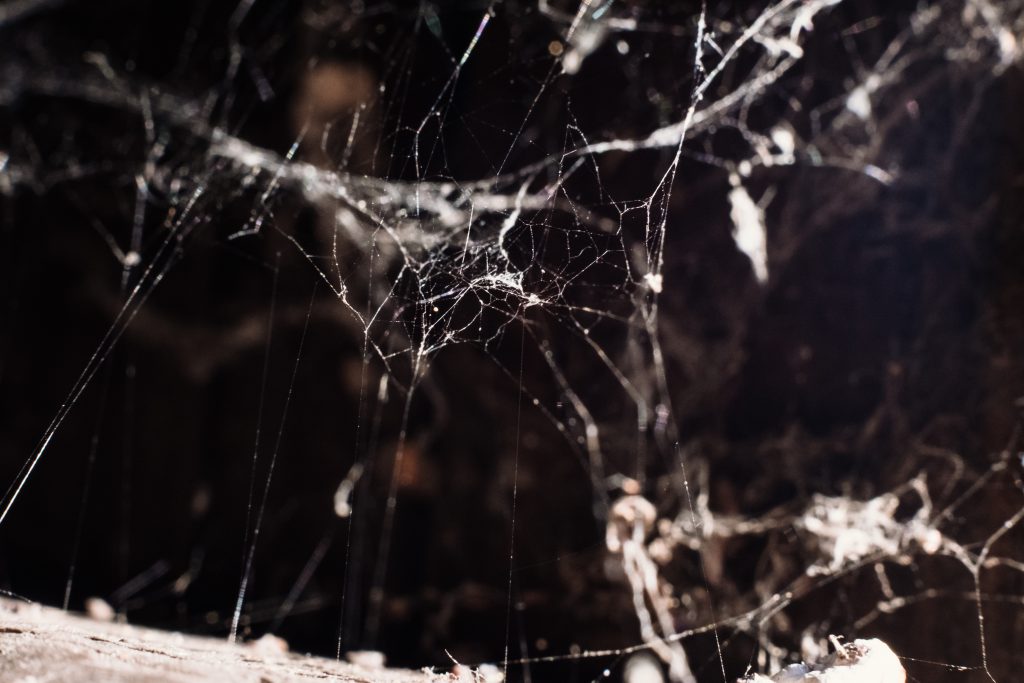Optical fiber is a long thin cylindrical fiber made from plastic or glass, as tiny as one tenth of a human hair. A typical optical fiber for telecom is made up of three layers of cylindrical shape, arranged in the inside as fiber core (diameter 810um), the cladding (diameter 130um) as well as buffer layer (diameter 900um).
Fiber core and cladding is made from glass or silica. Fiber Core and Cladding layers work together to confine the light within the core and prevent it from leakage. Fiber buffer coating is created from acrylic or plastic and gives handling flexibility and physical protection to the fiber.
Fiber optics employ an optical phenomenon known as total internal reflection. When light is in the fiber from the end face, it is confined inside the core not leaking out and losing its energy.
Then light is digitally modulated to indicate the numbers 1 and 0 as a computer. As such, information can be carried from one location to another one, which could be from San Francisco all the way to New York.
What are fiber optic connectors and how do they work?
Now you understand the way optical fibers function. So what exactly is an optical connector and what’s the purpose of the fiber optic telecommunications network?
Simply put The fiber optic connector’s function is just like an electric power supply, it relies on light to transmit from one part of optical fiber with another segment that is optical.
Since optical fibers are small, fiber optic connectors have to be made with high precision, and at a scale of 0.1um, which equals one hundredth the human hair.
Fiber optic connectors connect two fibers from end to end to ensure that light is able to be transferred from one fiber to another without bounce off the interface , and thus losing its signal.
Additionally fiber optic connectors, they provide cross connect flexibility to the telecommunication network. Therefore, a computer network that is complex can be modularized and simple to manage.
Similar to other connectors utilized in the electronic industry, Continue… the electric industry and computer industry, numerous kinds connected to fiber optic cables were developed in the course of development of the fiber optic communication. Certain of them were very popular in the industry but they have since been used for a variety of purposes, but are now fading away.
The most popular fiber optic connectors in use today comprise SC, ST, LC, FC, MTRJ, SMA as well as a few other less popular ones. Sure you will see new connectors developed with the advancement of technology.